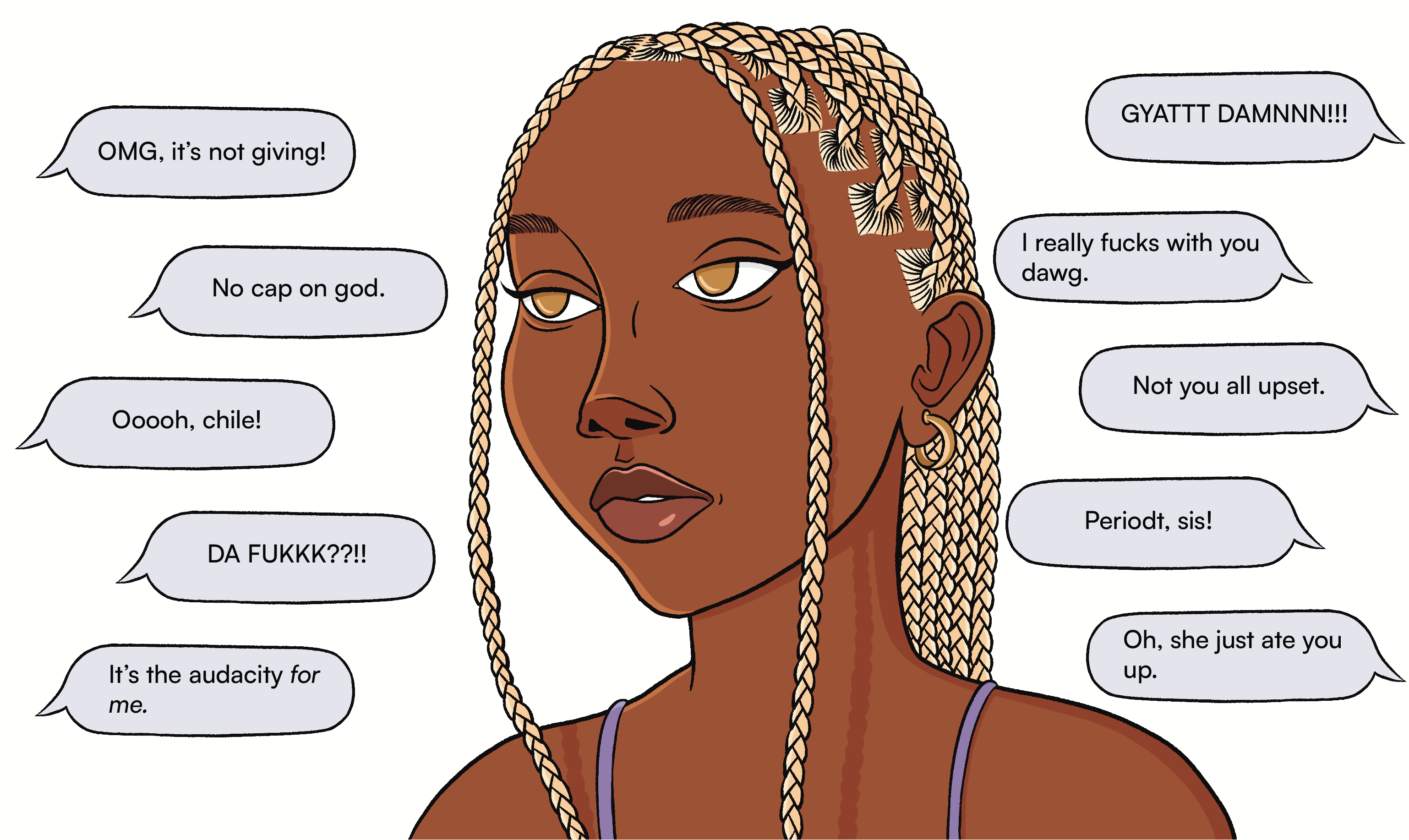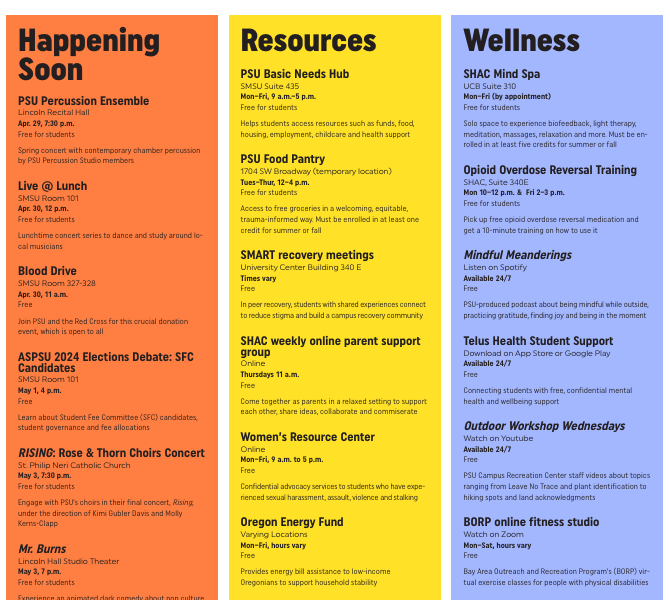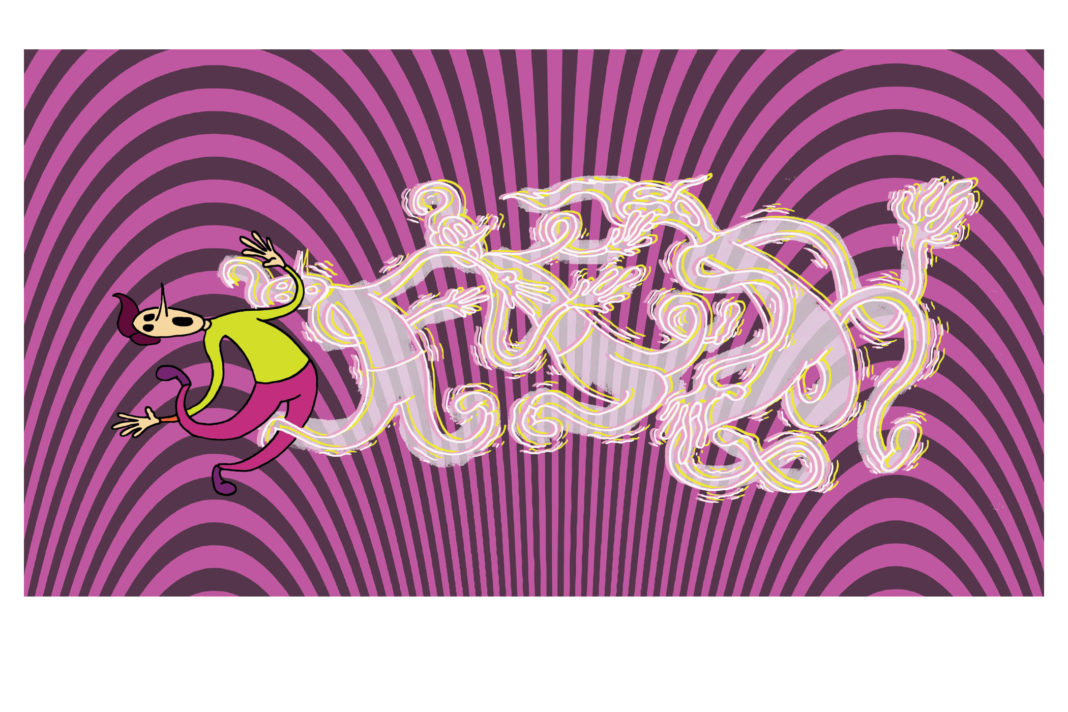Finna, shawty, gyatt, woke, rizz and now locked-in—yet another African American Vernacular English (AAVE) phrase has been trivialized and appropriated.
It’s nothing new to see non-Black people have co-opted another aspect of Black culture, more specifically, Black American culture. Non-Black people have consistently viewed Black culture as a trendy costume and form of comedic relief for non-Black people’s entertainment.
AAVE—especially online—is now another aspect of Black culture that people exploit and sometimes alter for purely consumptive reasons and then toss aside when it’s no longer trendy.
Much like our hairstyles and music, AAVE is up for public consumption and isn’t considered worthy of the same respect offered to other cultures.
AAVE’s roots are in various English dialects, Creole languages and West African languages. Its origins derive from slavery, the Jim Crow South and developed separately from white orthodox English. AAVE is governed by rules and grammar, like any other language. It isn’t slang or broken English.
To believe AAVE is improper English is to suggest a fundamental difference between two cultural dialects, and further a fundamental difference between the two groups who claim these dialects: Black and white Americans.
AAVE is not proper English, because it isn’t white American English, which as a dialect has been privileged to provide its speakers with socio-political power at the expense of AAVE speakers.
It frustrates me when non-Black people get to create a come-up by attempting to sound Black, while actual Black people find themselves forced to code-switch to be respected in white-dominated spaces.
We see it with Bhad Bhabie whose whole image is driven by AAVE, starting with the name. Had a Black girl proclaimed, “Cash me ousside, how bout dat?” she’d immediately be labeled violent, aggressive—every name in the book.
However, Bhad Bhabie is white. Therefore, she’s considered a teenager adopting the language of Black communities—or bad influences according to white parents—and refer to it as just a phase.
She is going through a phase, a predictable one, wherein non-Black people appropriate Black culture and then abandon it when it no longer suits them. I can almost guarantee—bet money even—that when she’s exhausted of it and it no longer pays the bills, she’ll throw Black culture away and return to white culture.
When non-Black people use AAVE, they are symbolically aligning themselves with centuries of Black struggle and Black resistance. In doing this, they privilege themselves unduly, benefitting from the Black labor and Black resistance which has characterized the development of AAVE and Black American culture more broadly.
Similar things can be said about the adoption of other Black cultural artifacts, like Kim Kardashian removing her implants and trading her Fulani braids and Black women-inspired curves for a slim, white ideal figure and platinum-blonde roots.
Miley Cyrus did it after using Black culture to shed her Disney skin before deeming hip-hop misogynistic, and Ariana Grande did it when she had to sell the song “7 rings.”
The Pookie Nation, non-Black man from Tiktok will probably disregard Black culture when the brand deals start rolling in. He’s already receiving articles from his use of AAVE.
It’s a recurring event that I’m never surprised to see, but am always consistently appalled by.
It’s important to note that AAVE is largely region-specific. While one term is used in one region, it may not be used in another. The beauty of AAVE is that there isn’t a Merriam-Webster dictionary for it, yet we, as Black people, can infer what a certain word means just by hearing it. While the Black experience isn’t uniform, there’s still an understanding because many of our cultures intertwine.
That’s part of why it’s so frustrating to see non-Black people using AAVE. It often sounds like a baby learning to talk for the first time. Most of the time–okay, like 90% of the time—they don’t know what they’re even saying.
They think gyatt is a noun, misuse the habitual “be” and worse co-opt and change the meaning altogether to fit their liking—like that’s Black people’s way of speaking. They learn from the internet and regurgitate it like parrots. How is there no embarrassment?
AAVE has always been appropriated, but TikTok has significantly broadened the number of words appropriated. Now so much of AAVE is referred to as TikTok or Gen Z slang despite these words being used long before their generation.
The intertwining of AAVE with mainstream media erases the unique history of AAVE and Black folk. It’s appropriation at its finest. The constant use is frustrating and insulting to the centuries of the language’s development.
What’s worse about their use of AAVE is when they insist on pairing it with a “blaccent,” their idea of how Black people sound. Think of the gay man who claims he has an inner Black woman and believes “chile” came from a Nicki Minaj meme.
The goal is to embody and have proximity to Blackness. While non-Black people hold negative biases about Black people, they simultaneously find the culture cool and appealing and want to strip it from its cultural roots to be more easily consumed as a commodity for their enjoyment.
AAVE stands as a testament to Black Americans’ strength and rich heritage. Though it has been stigmatized, it’s important to remember its linguistic value and recognize it as a fully developed language. AAVE will continue to be commodified and exploited unless we fight back. The fight for liberation also includes preserving Black culture and calling out appropriation. Anything short of this is merely ineffective.






